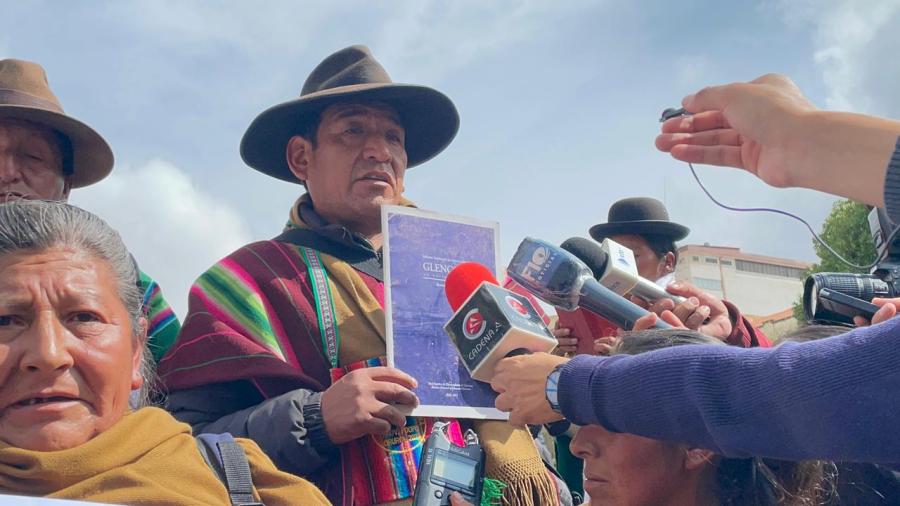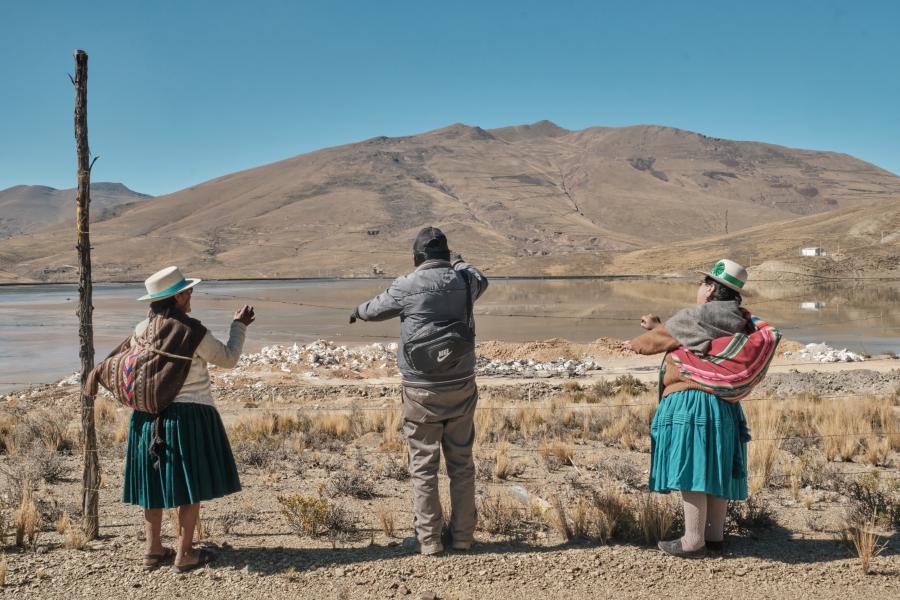There is now an incredibly cheap, simple, safe and effective method by which parents themselves, however poor, can protect the lives and growth of their children against one of the most common causes of child malnutrition and child death in the modern world UNICEF, State of the World's Children, 1986.
Of the world's 1.6 billion children under the age of 15, 21 percent live in poverty in developing countries. Child mortality statistics for this segment of the child population are grim (approximately 14 million of these children die from malnutrition and diseases preventable by vaccine), and one of the major contributing illnesses is diarrhea in children under the age of five years. One of the most common childhood ailments around the world, diarrhea affects several hundred million children a year who suffer an average of three episodes each. It is a leading cause of malnutrition and poses the greatest health threat to an already malnourished child.
Because there are countless causes of diarrhea, many of them endemic to impoverished communities with unclean water supply, poor sanitation, lack of nutritive food and severely limited resources for correcting these conditions, the illness itself is difficult to combat. Fortunately, there is now an easy cure for dehydration - diarrhea's deadly side effect.
The knowledge that drinking a solution of sugar, salts and water can effectively rehydrate a patient suffering from diarrhea has been available to the medical community for over two decades. And traditional use of rice water and other cereal solutions to combat dehydration has been around even longer. Yet, the emphasis on ORT (Oral Rehydration Therapy) or ORS (Oral Rehydration Solution) to save children's lives on a mass scale and its promotion worldwide are something new.
The breakthrough came with the discovery that a solution combining specific amounts of sugar and salt with water was easily absorbed into the intestine, and could quickly and easily replace lost fluids in the body, provided the child was strong enough to swallow the liquid. In the process, other essential salts potassium, bicarbonate and chloride) were carried through the bloodstream. The cost per patient? About US $.20. Since the early 1980s, UNICEF has been the force behind distribution of ORS. It now supplies the world with one million ORS packets every three and a half days. The packets are being consumed globally at a rate of eight per second.
Although it must be pointed out that ORT fights a symptom and not the root causes of either diarrhea or malnutrition, so far the simple rehydration therapy has saved the lives of 500,000/this year (State of the World's Children 1986) and has the potential to save millions.
In Egypt, an ORT program has cut deaths from diarrhea-related disease by 50 percent. Whereas in 1981 only a small number of mothers knew about ORT, today, in the city of Alexandria, 90 percent know about the program and 50 percent have used it. In a large pilot campaign which has now been extended to the whole nation, approximately 8,000 doctors have been retrained and, as of mid-1985, 4,000 clinics had started to use ORT against the diarrheal dehydration that kills more than 80,000 Egypt an children each year. To promote demand, television commercials for ORT have been broadcast nightly and all doctors are being asked to recommend the new therapy. To meet the demand, 80 million sachets of salts a year now are being produced locally and made available, both from health posts and from thousands of commercial pharmacies.
In Bolivia, where over 100,000 children have been dying each year from diarrheal dehydration, over 5,000 oral rehydration units have now been set up - 70 percent of them community based - and over 2 million sachets of oral rehydration salts have been distributed. To promote breast-feeding, state maternity hospitals have changed to policies of "rooming-in", television and radio are making the facts known to the public and a national code is being drawn up to prevent the marketing of artificial infant formulas direct to the public. In support of these policies, the basic messages of the "child survival and development revolution" have been introduced into the "health and home-making" curriculum of all the country's rural primary schools.
In Nicaragua, UNICEF has agreed to provide 1.5 million sachets of oral rehydration salts per year for distribution through the country's tens of thousands of brigadistas (health volunteers) as well as through commercial pharmacies, corner shops, market traders, and the 356 oral rehydration units that have been set up across the country over the last three years. At the moment, an estimated 58 percent of all cases of childhood diarrhea in Nicaragua are being treated with ORT. Other child protection strategies now are being put at parents' disposal via the three People's Health Days, which mobilize 20,000 volunteers each year. Since 1982, for example, not a single case of polio has been reported.
Despite these success stories and wide international outreach, only about one-fifth of the world's families know about this cheap and easy-to-use rehydration program. Therefore, the greatest challenge is to continually improve outreach, training, education and monitoring of ORT programs throughout the developing world. Discovery of the most effective and culturally acceptable techniques for increasing the use of ORT is essential if it is to fulfill its promise to drastically reduce child death.
Article copyright Cultural Survival, Inc.


